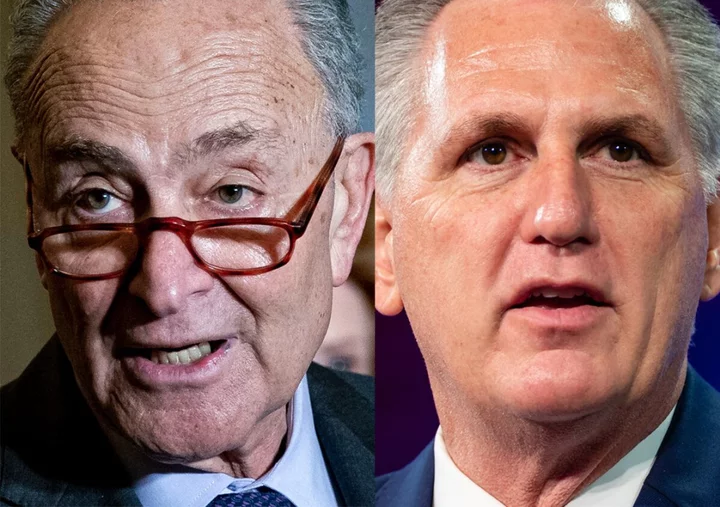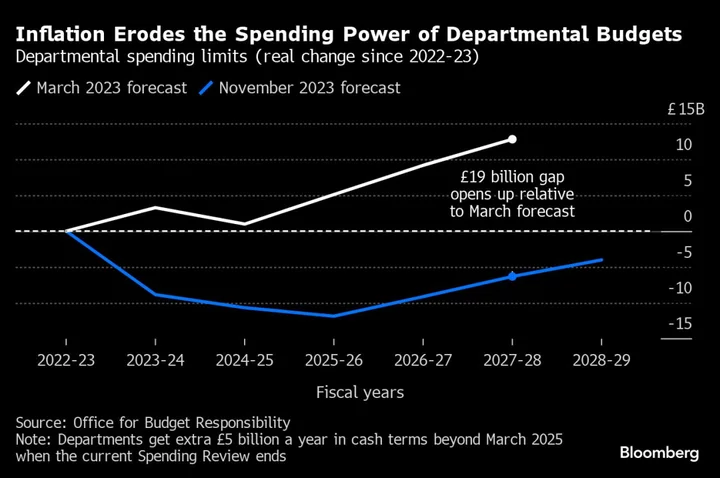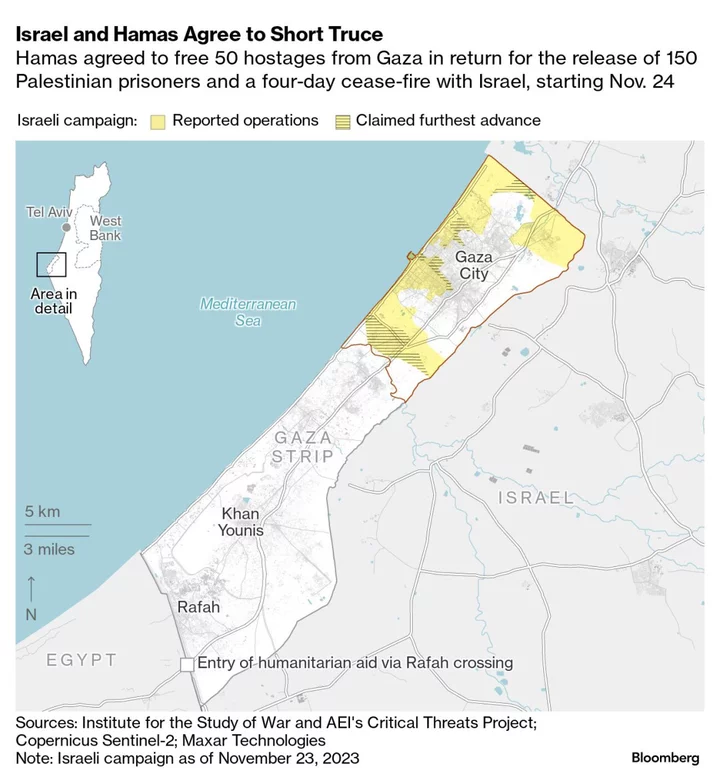The trading of Middle Eastern oil derivatives on a closely-watched platform that helps set crude benchmarks and shape real cargo flows has soared this month, highlighting a spike in activity that’s captivated traders.
A total of more than 1,700 derivative contracts of Dubai and Oman on a pricing window run by S&P Global Commodity Insights traded this month. As a result, just six months into the current year, the tally for 2023 already surpasses the full-year figures since 2015, according to Platts, as the pricing agency is better known.
The surge in activity matters to global oil markets because it’s contributed to the relative strength in Dubai pricing against other international benchmarks, helping to shape global crude flows as cargoes get shifted between regions. The aggressive activity has both puzzled traders and made it harder to determine whether Middle Eastern markets have actually tightened as OPEC+ members including Saudi Arabia pledged supply curbs in a bid to revive prices.
Read More: China’s Top Oil Traders Go Head-to-Head in Middle East Play
This month, a total of 1,732 Dubai and Oman so-called partials changed hands, more than triple the monthly average from January to May, according to data compiled by Bloomberg. Each partial, which represents a transaction for 25,000 barrels, helps set the price of Middle Eastern markers such as Dubai, which form the basis of most crude exports from the Persian Gulf.
If a trader accumulates 20 similar, derivative partials, these can be consolidated into a so-called convergence, which is a real, physical cargo. So far in June, there have been a total of 72 cargoes of Oman and Abu Dhabi’s Upper Zakum crude, and even Al-Shaheen and Murban cargoes have accumulated too.
China’s Unipec has been by far the largest seller this month, followed by Vitol Group, whereas TotalEnergies SE emerged as the top buyer of these Middle Eastern partials, along with PetroChina Co., data compiled by Bloomberg show.
--With assistance from Yongchang Chin, Serene Cheong and Alfred Cang.
(Corrects the total number of convergences for June in the fifth paragraph after Platts amended data for Friday.)









